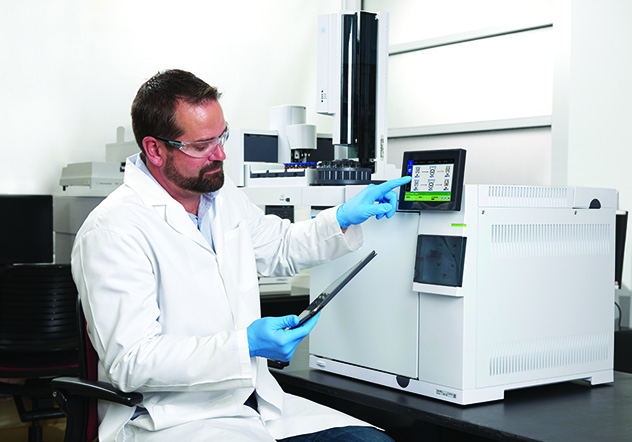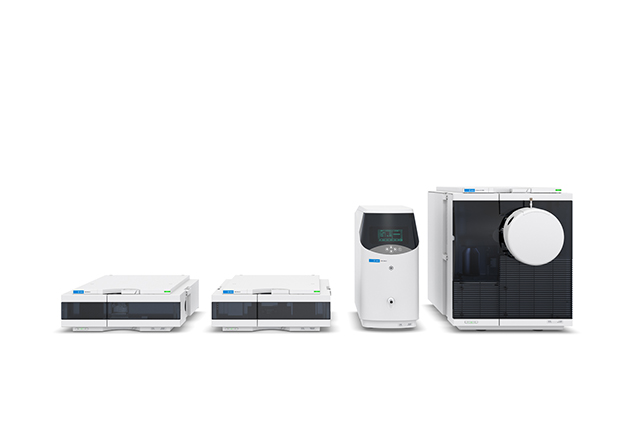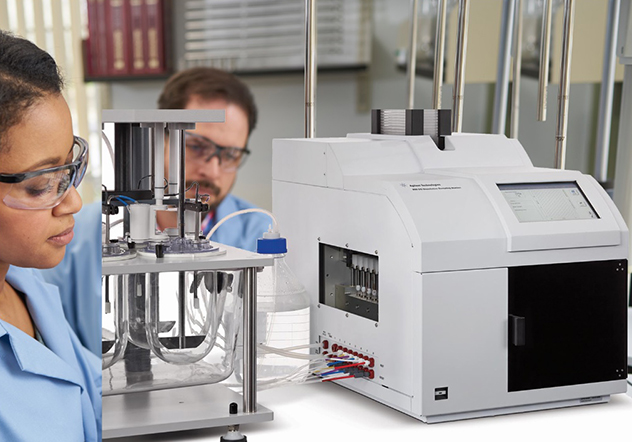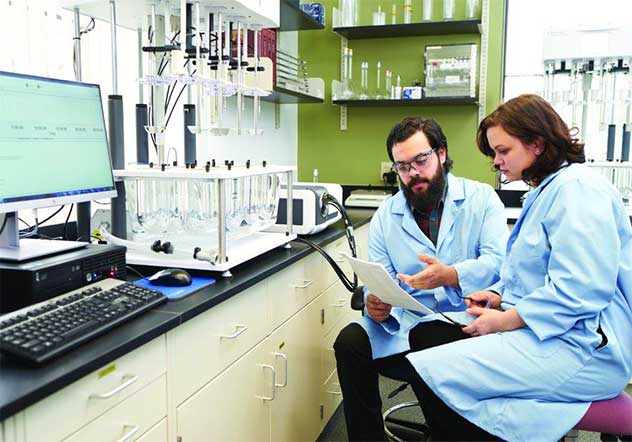Your skills transformation starts online
Agilent can support you with digital solutions to help you improve efficiency and productivity and reduce instrument downtime – without having to travel.
Agilent University has hundreds of online, self-paced courses available – many of which are free – covering a broad range of topics and expertise levels. You’re certain to find skill-enhancing courses for everyone in your lab, in a delivery format to meet your needs.








